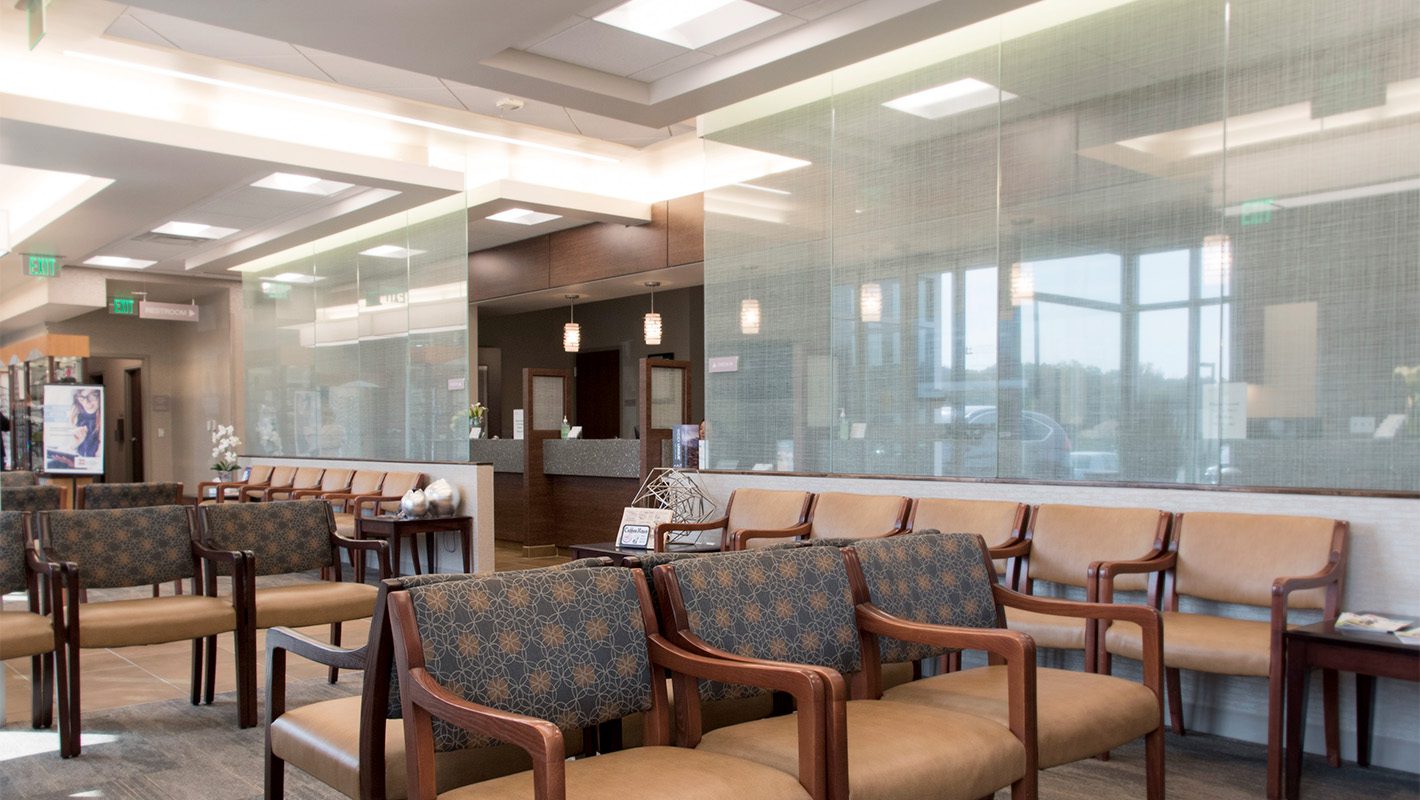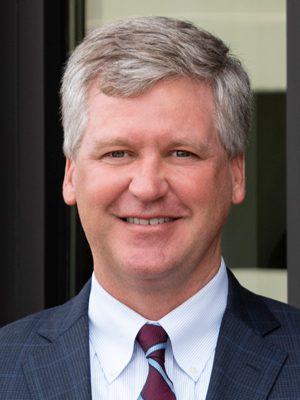Over the last 20 years, few industries have experienced the dramatic changes that have hit the field of healthcare. From falling insurance reimbursement rates to increasing competition from hospital-owned physician groups and tighter fee regulation, the one-time bright financial picture for many doctors to has dimmed considerably. One increasingly popular option, however, can offset this loss of income—and make sense financially and practice-wise for physicians: doctor-owned MOBs, or, building your own medical office building.
While dependent on both the prevailing real estate market and the larger national economic picture, doctor-owned MOBs may provide doctors with a number of tangible benefits—namely, control of the location in which they practice and the buildup of equity and wealth over time.
Control
Developing a facility from the ground up can provide peace of mind, and financial benefits both direct and inferred. Gone will be the uncertainty of rent increases, landlord sellouts and other tenant headaches. Likewise, the physician-owner (and partners, if any) holds sole discretion in selecting appropriate tenants—something a landlord won’t provide. While this may seem a small consideration, the surrounding environment can have profound impact on patients’ feelings of safety, security and well-being, which could then affect the reputation and financial well-being of the practice. Additionally, brand-new facilities can be equipped from the start with the latest in technology and treatment and effectively branded according to the Practice’s image. The nightmare of remodels or “build-outs” in a leased space are removed from the picture.
Savings/Earnings/Wealth Creation
Just like homeownership, investing in commercial property, like medical office buildings, can come with a significant financial upside. Along with the usual monetary perks of property ownership, market appreciation—especially in areas with high growth potential—can increase property values far beyond the initial investment, boding well for a future sale. And should the doctor choose to build where residential populations are also on the rise, sheer proximity to patients can mean untold growth for the practice. To create an additional stream of income, physicians may also opt to rent portions of the building to select tenants, money that would remain separate from that generated by the practice.
Generally speaking, lending and investment institutions love the medical office product. Lenders view physicians as a safe risk, as doctors tend to have stable businesses, pay their bills, and occupy spaces long term. Investors seek doctor-owned MOBs for the same reasons, and they view the medical office space as recession proof. After all, people need medical services despite where we might be in the economic cycle.

Considerations
Should you build and own your own medical office building for your practice? Doctor-owned MOBs can be a very worthwhile endeavor, but Physicians should carefully consider the following before taking the plunge.
- Timing/Stage of Career: Years of foreseeable practice time provides Physicians ample runway to pay down mortgage debt and build equity in the real estate they own. Additionally, time insulates the Practice from higher leasing costs that inevitably occur, resulting in more income to the bottom line the longer the property is held. A long runway will insulate the physician from the inevitable short-term hiccups in market cycles and facilitate equity buildup over time.
- Expansion and Growth Visibility: Purchase or development is generally a long-term commitment. Physicians should understand their growth needs before diving into an owner-occupied building investment. They should consider how they will handle expansion, possibly even through a second location or building expansion space that may be leased to a third party for an interim period.
- Market and Location: Physicians should evaluate the market—both present and future—before committing to an owner-occupied investment. They should understand supply/demand of medical office space in their submarket of interest, barriers to entry to that submarket, demographic considerations in desired drive time distances to location, and the overall growth dynamics of the market in which they practice. They should ask themselves questions like: Are rents likely to grow? Are people moving to the area? Is the population aging? Proximity to patients can lead to growth for the practice, and rent growth will translate to higher valuations and more wealth generation when it’s time to exit.
The intangible benefits of ownership
While dollars, costs and logistics rule the decision to build a doctor-owned MOB—as they should—some of the greatest benefits reaped are those which cannot be captured in a spreadsheet or blueprint.
With not only room to work comfortably, but also room to grow, the physicians and staff may find a feeling of harmony nonexistent in a cramped, outdated space, even with modern build-outs in place. Such feelings of well-being in the workplace have been proven to increase productivity, reduce job-related stress and anxiety, and contribute to a workplace individuals enjoy coming to each day.† These sunny side effects can translate directly to a better bottom line, as fewer sick days, increased productivity and less turnover among staff mean dollars saved for the practice.
For the physician alone, the benefits are even more plentiful. The energy of a new building—one that is custom designed—can imbue energy in even the most world-weary of doctors—an energy that will be passed on to patients, staff and family. The age-old premise of pride in ownership can add to this positive atmosphere, as much as new homeownership inspires a sense of accomplishment in individuals who make their dream a reality. With proper planning, ownership can help physicians ensure that their horizon spreads as far and wide as their ambition.
Ready to learn more?
 If you’re ready to move forward with plans to build your own medical office building—or would just like to learn more—contact George Macon, partner at MPV. Since 2001, George has developed more than 1 Million square feet of retail shop and medical office space. His team routinely works with regional hospital systems and providers to deliver medical office buildings on time and on budget—from site selection and land acquisition, through entitlements and development. With an impressive portfolio of MOB development success, George can answer your questions, discuss your concerns, and put you on the path to expanding your personal wealth through ownership.
If you’re ready to move forward with plans to build your own medical office building—or would just like to learn more—contact George Macon, partner at MPV. Since 2001, George has developed more than 1 Million square feet of retail shop and medical office space. His team routinely works with regional hospital systems and providers to deliver medical office buildings on time and on budget—from site selection and land acquisition, through entitlements and development. With an impressive portfolio of MOB development success, George can answer your questions, discuss your concerns, and put you on the path to expanding your personal wealth through ownership.
Sources
† https://www.forbes.com/sites/pragyaagarwaleurope/2018/06/24/how-can-workplace-design-help-mental-health/#4eef57754dc1
Photo credit: cover image – Ani Kolleshi @anikolleshi; article image – LinkedIn Sales Navigator @linkedinsalesnavigator



